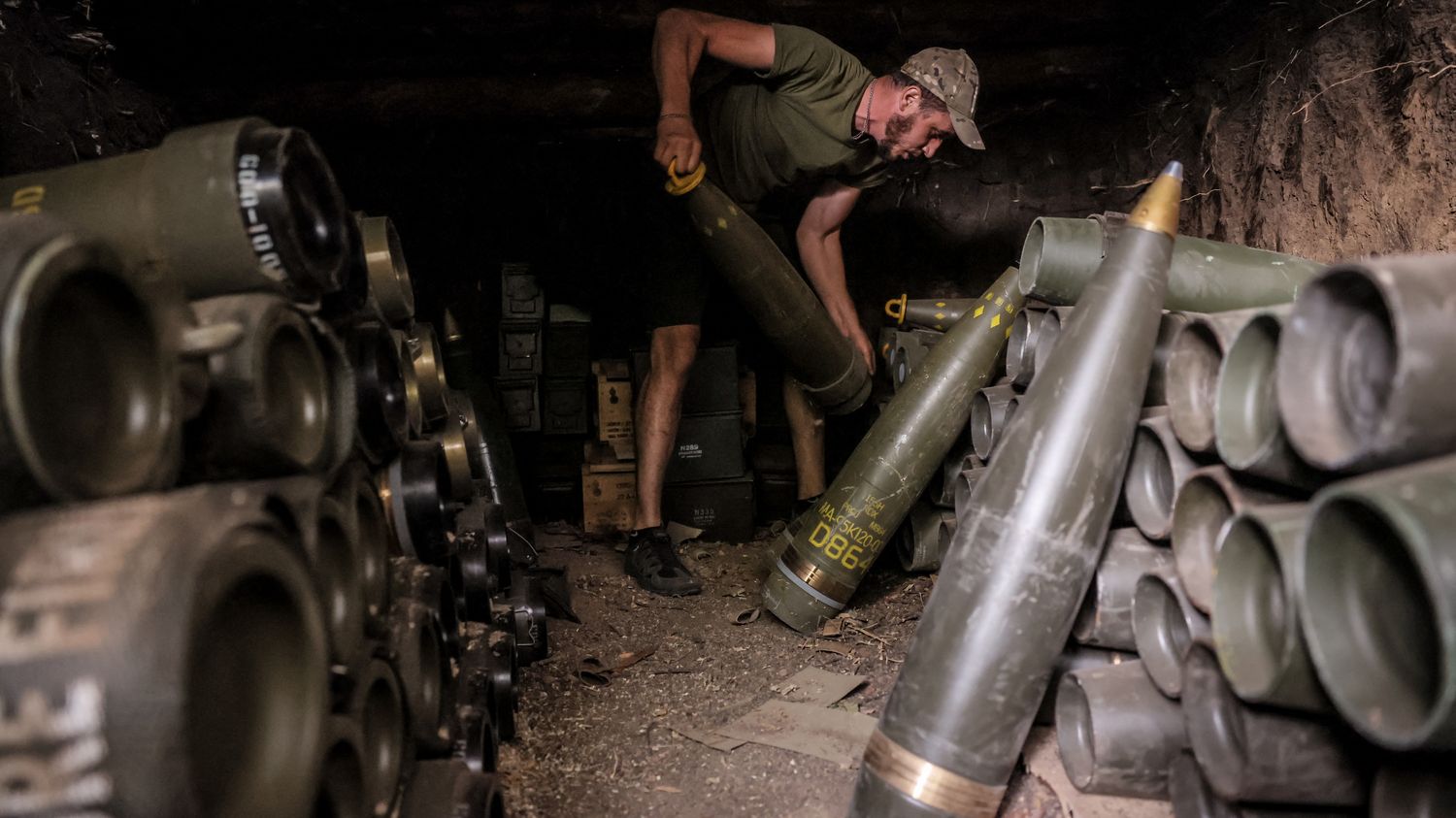If Russia manages to advance a few kilometers on the front, it will come at a significant human and material cost. Ukraine is increasing its missile and drone strikes on Russian military installations.

Published
Reading time: 3 min

The war in Ukraine is not decreasing in intensity. On Monday, July 22, Ukraine claimed responsibility for a drone attack on a refinery in southwest Russia, while the Russian military claimed to have destroyed nearly 80 Ukrainian drones during the night and early morning. Both sides have of course adapted their weapons: Russian armored vehicles are better protected by additional armor and Ukrainian missiles now strike much further away, but tactics have not fundamentally changed.
On the Russian side, progress made at an exorbitant human and material cost
Russia is clearly still counting on mass, the volume of munitions fired and the number of men thrown into the assault to make the difference. The offensives led by the Russian army since the beginning of May have allowed some advances on the ground, in the Kharkiv region as well as in the Ukrainian Donbass, but there is no breakthrough. One could almost speak of a simple nibbling away of the ground, the Russian troops retaking a few square kilometers of countryside here and a few hamlets there. But these advances have been made at an exorbitant price.
For the months of May and June, Russian troops are said to have lost an average of more than 1,000 men per day, according to an estimate by Western intelligence agencies, or 30,000 men per month, or as much as Russia manages to mobilize over an equivalent period. While it is difficult to understand whether this rate can be maintained over time, the human reservoir – certainly significant in the Russian Federation – is not infinite either.
As for the Russian war economy, it too is beginning to show some signs of running out of steam: most of the armoured vehicles produced in Russia in recent months – particularly heavy tanks – are in fact only functional upgrades of old equipment, armoured vehicles dating from the 1970s or even the 1950s.
On the Ukrainian side, missile and drone strikes are increasingly deep
To some extent, the Ukrainian army does not have an equivalent mass of men and above all it does not intend to waste them. But maintaining – in defense – a front of almost 1,200 km is not an easy task, because the Ukrainian army is constantly forced to redeploy its units from north to south to face one or another offensive, as was the case in Kharkiv these last two months.
But the Ukrainians are not only deploying in defense: thanks to Western long-range weapons, but also thanks to their increasingly efficient national production of attack drones. They systematically pound command centers, airports and especially anti-aircraft defense batteries on occupied Ukrainian territory, but also in Russia itself. No doubt to allow their air force – which should receive its first F16 planes during the summer – to operate more freely near the front, and no doubt beyond in the depth of the enemy’s device.
Kiev’s army has also continued its precise and deadly fire on Russian military installations in Crimea. The ships of the Russian Black Sea Fleet are systematically attacked by squads of kamikaze naval drones, which are wreaking havoc. Last week, the last Russian warship still present in Crimea had to leave Sevastopol to take refuge in a Russian port. The Russian Black Sea Fleet – with a third of its ships hit or sunk – is now virtually defeated.
